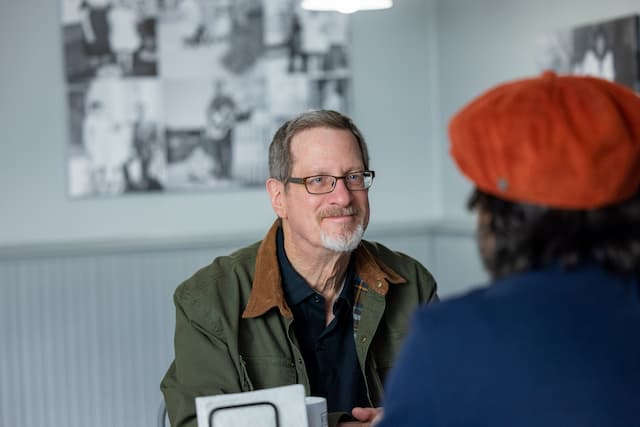The Artist as Servant
[NOTE: This blog post is a refresh, and was originally posted in 2013. Hope you enjoy it.]
Artmaking is a paradoxical activity. It is often a highly intimate expression of the artist. Our art is birthed from our talents and sweat-obtained technique, and also from our uniquely individualized story and worldview. But at the same time, great art only happens when we serve the art, allowing the art to be greater than we are. For art—if it is to have any consequence—must have meaning apart from the artist. And so as artists, we must allow our artwork to have a life of its own, to have its own identity and purpose and expression very much separate from ourselves.
In the words of Madeleine L’Engle, “When the artist is truly the servant of the work, the work is better than the artist; Shakespeare knew how to listen to his work, and so he often wrote better than he could write; Bach composed more deeply, more truly, than he knew; Rembrandt’s brush put more of the human spirit on canvas than Rembrandt could comprehend.”
Michelangelo coaxed the masterpiece David out of 6-tons of flawed marble. He could not will his vision out of the flawed and disfigured mass of stone; he could only work within the imperfections and limitations of it. And so he served the stone, studying it, yielding to it, and eventually unveiling it.
Personally, I experienced this often in my music. I’ve put in a lot of hours in recording studios over the years, both producing and recording for myself and a few others, and more often functioning as the keyboardist or pianist on other albums. When you’re a studio musician, the prime directive is always to serve the song—to play only those notes, and choose only those sounds and colors, that allow the song to be fully conceived, to come alive, to have meaning and passion beyond the individual performances of the players. The recording studio is a maternity ward, and I am simply there to help birth the vision that the artist or producer has of that particular song. As a sideman, I know that the song is never a showcase for my abilities.
And this brings up the second way in which the artist is a servant. For as we serve our art, we serve our audience as well. When I write a song, I am aware that the song will have a relationship with my audience quite apart from me. That song might end up on someone’s iPod or get streamed on someone’s laptop or played on someone’s stereo. It will interact with my audience, as they listen to my song and add their own life experiences and attribute their own meanings upon it. So as I write, I ask myself, “How will the listener receive this? What will they hear beyond what I am saying? Will they be moved?” And so I serve the audience by doing my best to compose my song, and then let go of it, to allow my audience the freedom to make the song their own.
A painter’s painting will interact with an audience when it hangs on a wall. An author’s book will speak to the reader quite apart from the author. A vase will hold water on its own far removed from the hand of the potter.
And maybe in this way, art once again reflects the way of God. For His spiritual economy is peculiar, and not at all like ours. The first shall be last. The least of these is the greatest. The meek will inherit the earth. And to be great in His Kingdom, you must be a servant of all.
Through our art, we serve the work. We serve our audience. We serve our God.







